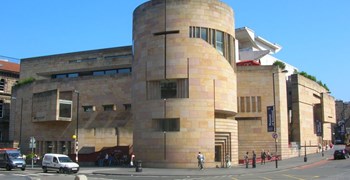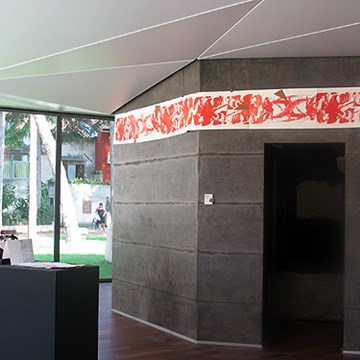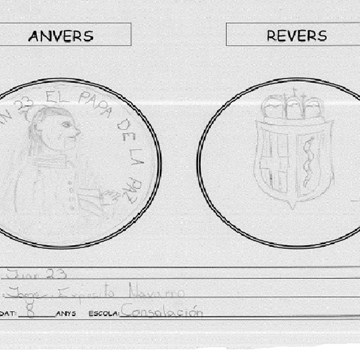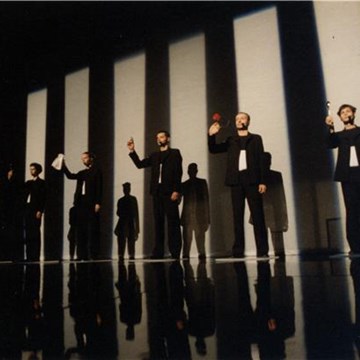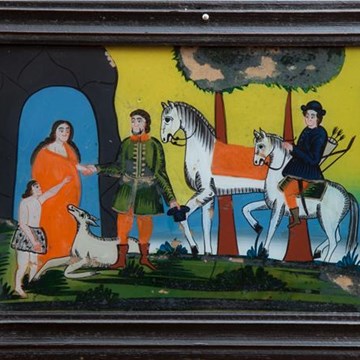Hunting the Higgs boson
Hunting the Higgs boson explores the journey by scientists at CERN, the European Organisation for Nuclear Research, to pinpoint the Higgs boson particle. The famous particle is named after Professor Peter Higgs, who first proposed the theory of its existence back in 1964 when working at the University of Edinburgh. Scientists have been hunting for the elusive particle since the mid-1990s. Through personal artefacts loaned from Professor Higgs, material from CERN and objects charting the history of particle physics, this small exhibition provides an introduction to the ground-breaking scientific discovery. Over 7000 scientists, engineers and support staff from over 40 countries worked out of CERN in the search for the invisible particle. 48 years after Peter Higgs’ theory was published CERN announced that they had found a new particle “consistent with the Higgs boson”. Following its discovery Professor Higgs commented that he didn’t expect this to happen in his lifetime. An array of commemorative medals presented to him for his impact on the world of physics, including one from the Royal Society of Edinburgh to mark the Higgs boson discovery, can be viewed in the exhibition. Also on display is a slice of prototype magnet from the Large Hadron Collider presented to Higgs when the experiments which finally found the Higgs boson were still in the planning stages, nine years before the first beam was fired around the accelerator. The technology behind the discovery of the Higgs boson has had a huge impact, and has resulted in many real-world applications including use in medical scanners and solar panels. In 1989 the solution for storing and sharing vast amounts of information in use at CERN came from Tim Berners-Lee and eventually grew into the World Wide Web.
Exhibitions and events
We don't have anything to show you here.
Activities from this museum
We don't have anything to show you here.
